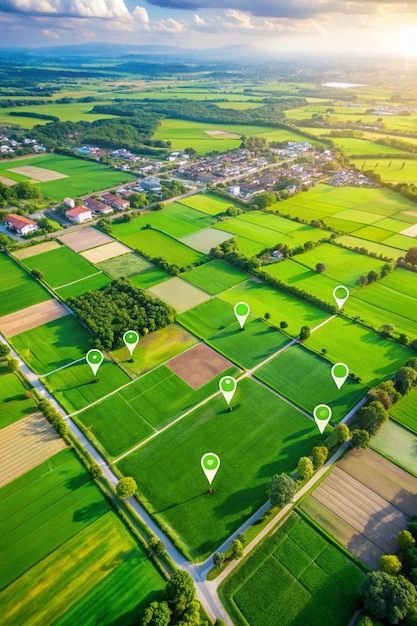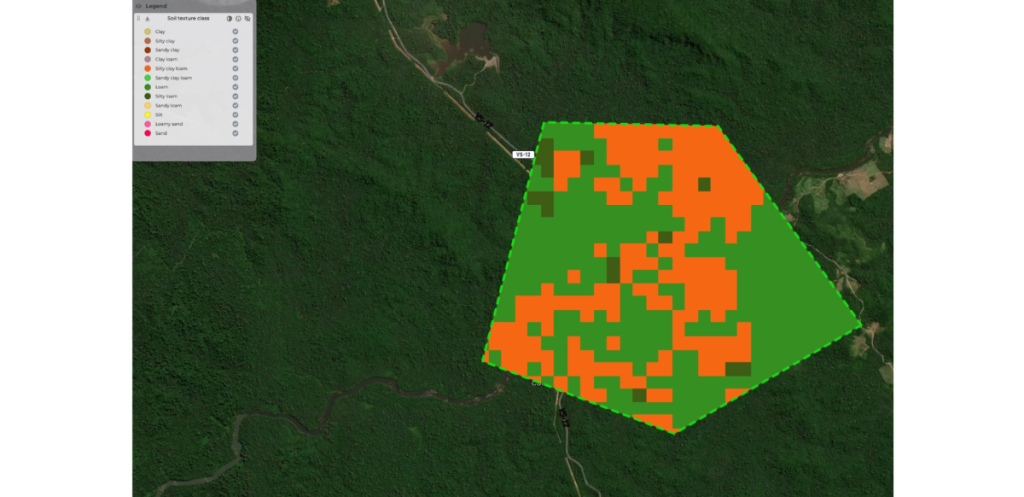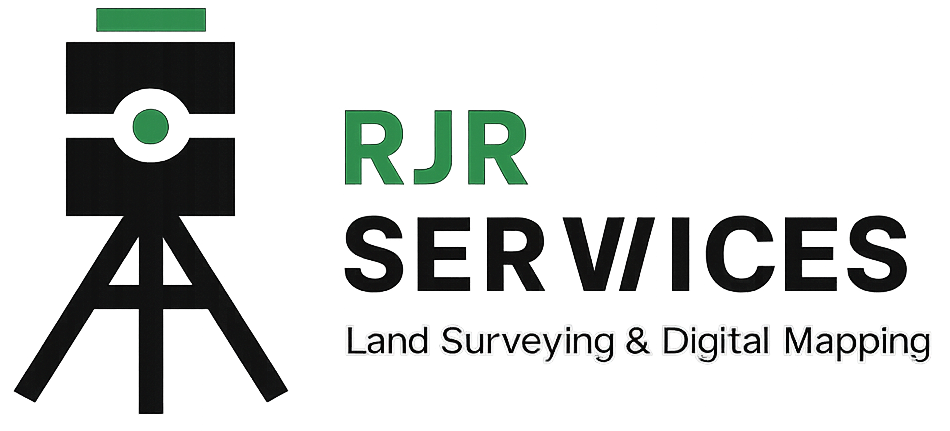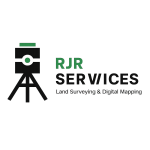Carbon Farming Property Screening Services
- Home
- Services
- Carbon Farming Property Screening Services
Carbon Farming Property Screening Services
Identify the Land with the Highest Carbon Potential
Before investing time and resources into a carbon farming project, it’s essential to know whether your property qualifies — and how much potential it holds. At RJR Services, our Carbon Farming Property Screening Services provide landowners, investors, and organizations with fast, accurate, and science-based evaluations to determine the suitability, feasibility, and profitability of carbon farming projects.
We use advanced geospatial analytics, satellite imagery, and climate modeling to screen properties and prioritize those with the highest carbon and financial potential.

Why Property Screening Matters?
Not every parcel of land can successfully generate carbon credits — factors like vegetation cover, rainfall, soil quality, and land history play a vital role.
Our Property Screening process helps you:
Identify eligible and high-performing project sites
Reduce project risks and costs early on
Strengthen investment confidence
Accelerate project registration and feasibility approvals
Who Benefits from Property Screening?
Landowners exploring carbon farming opportunities
Agribusinesses and large landholders
Carbon project developers and consultants
Investors and environmental funds
Government and sustainability agencies
Our Carbon Farming Property Screening Services
Land Eligibility Assessment
Determining if your property qualifies for carbon farming.
We evaluate your land against national and international carbon project criteria.
- Review under ACCU, Verra, and Gold Standard frameworks
- Land ownership and legal eligibility checks
- Identification of potential methodology fit (e.g., reforestation, avoided clearing, soil carbon)
Baseline Land Cover & Vegetation Mapping
Establishing the scientific foundation of your property.
We analyze satellite imagery and land-use history to define your baseline conditions.
- Historical vegetation and disturbance analysis
- Land degradation and regrowth potential mapping
- Soil type and biomass density assessment
Carbon Potential Modeling
Forecasting your land’s carbon credit yield.
Using remote sensing and predictive models, we estimate potential carbon sequestration and credit generation.
Carbon yield per hectare estimation
Growth rate and sequestration modeling
Long-term financial return projections
Geo-Spatial Suitability Analysis
Visualizing your property’s best opportunities.
We create custom geospatial maps that show high, medium, and low suitability zones.
- GIS mapping of carbon potential areas
- Climate zone and rainfall overlay integration
- Interactive spatial data layers for decision-making
Risk & Constraint Identification
Uncovering limitations before you invest.
We assess environmental, operational, and regulatory risks early in the process.
- Fire, flood, and drought vulnerability mapping
- Land access, ownership, and boundary validation
- Regulatory, environmental, and biodiversity constraints
Screening Summary & Reporting
Delivering actionable insights for next steps
We compile all findings into a concise, investor-ready report.
- Property Screening Report (PDF + GIS outputs)
- Eligibility summary and recommendations
- Next-step guidance for full feasibility and project design

Your First Step Toward Carbon Farming Success
With RJR Services’ Property Screening Services, you can make informed, confident decisions about your land’s carbon farming potential — before committing to large-scale project investments.
Why Choose RJR Services:
Way Towards Net Zero:
- Expertise in GIS, climate modeling, and carbon science
- Fast and accurate property evaluations
- Alignment with Australian and global carbon standards
- Data-driven, transparent, and verifiable results
- Clear guidance for project registration and feasibility
To help drive the transition to net zero, the Australian Government has set a target to reduce emissions to 62-70% below 2005 levels by 2035. Australia’s abundant renewable energy resources provide the foundation to decarbonise our electricity system, reduce our reliance on fossil fuels in industry, transport and buildings through electrification, and produce new green commodities.

